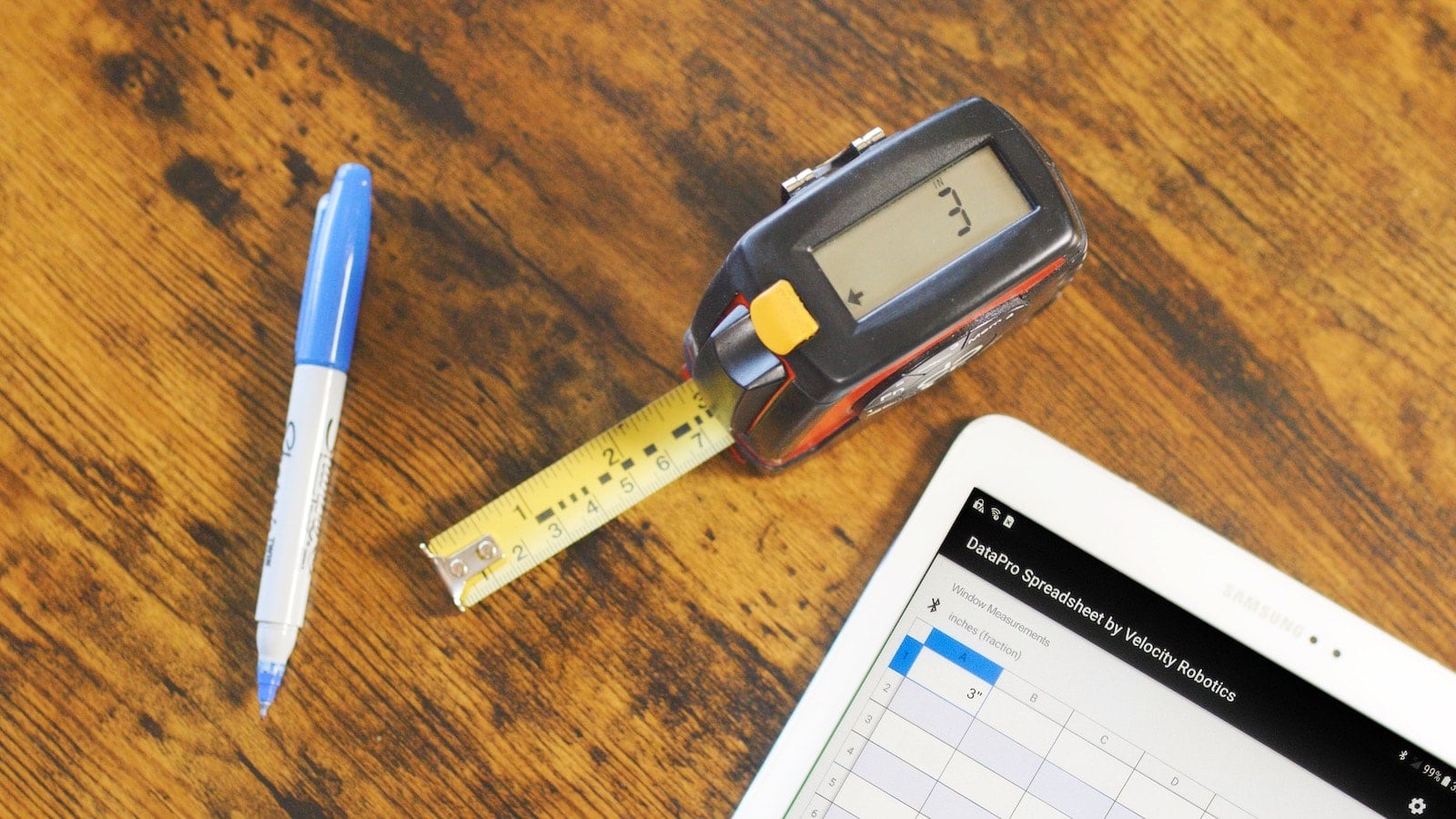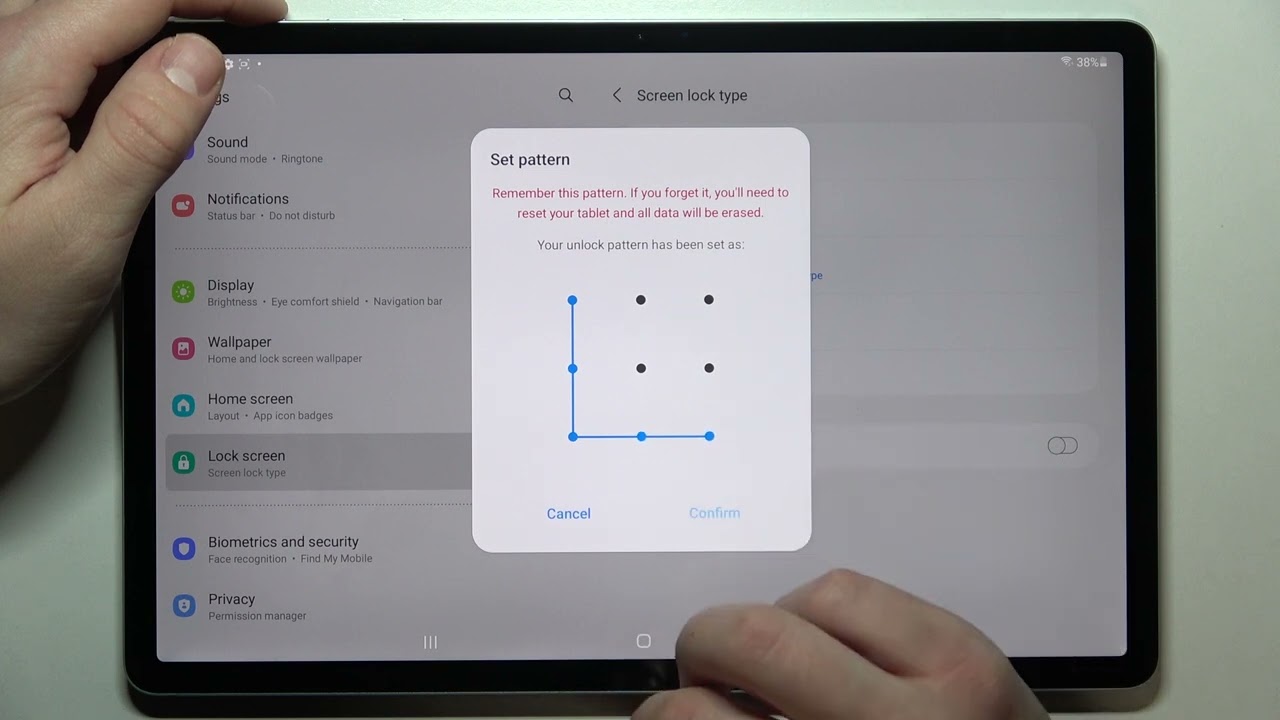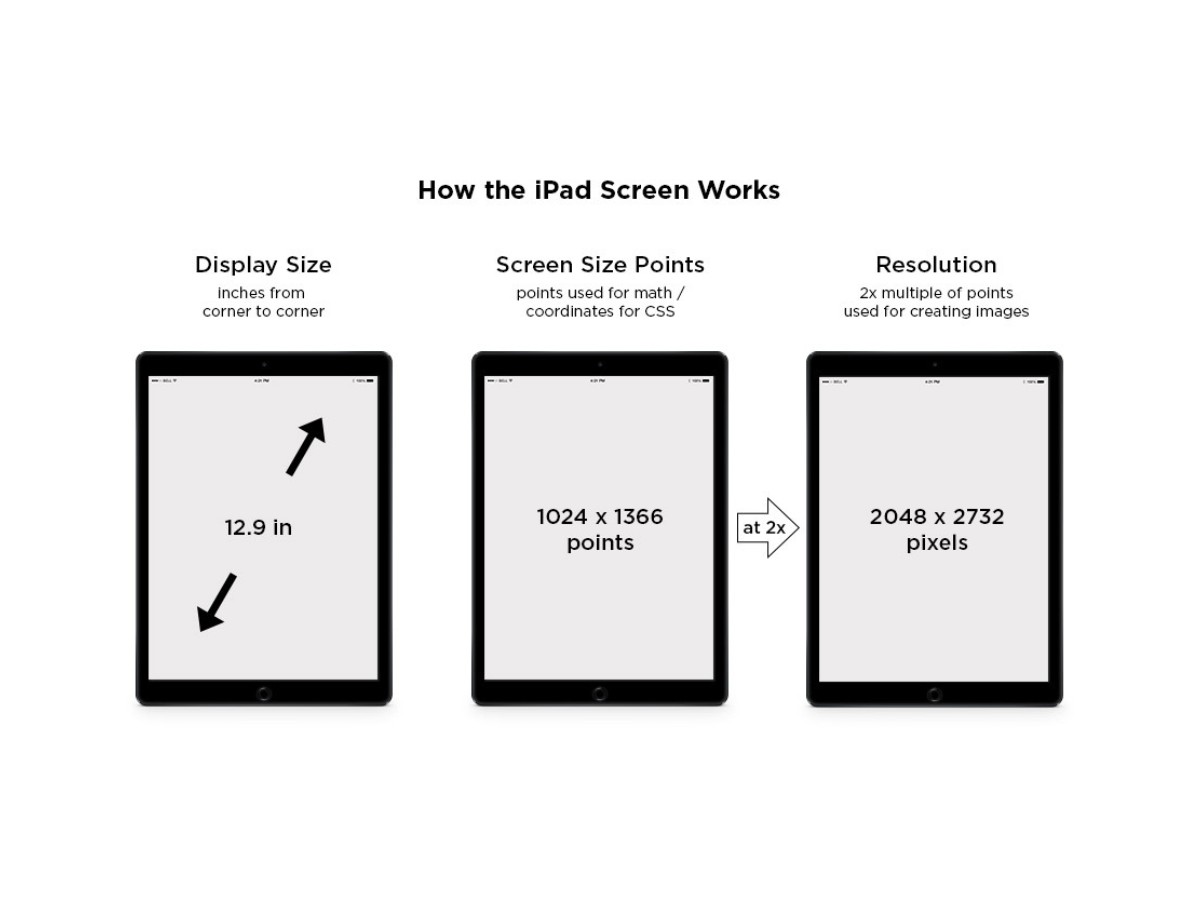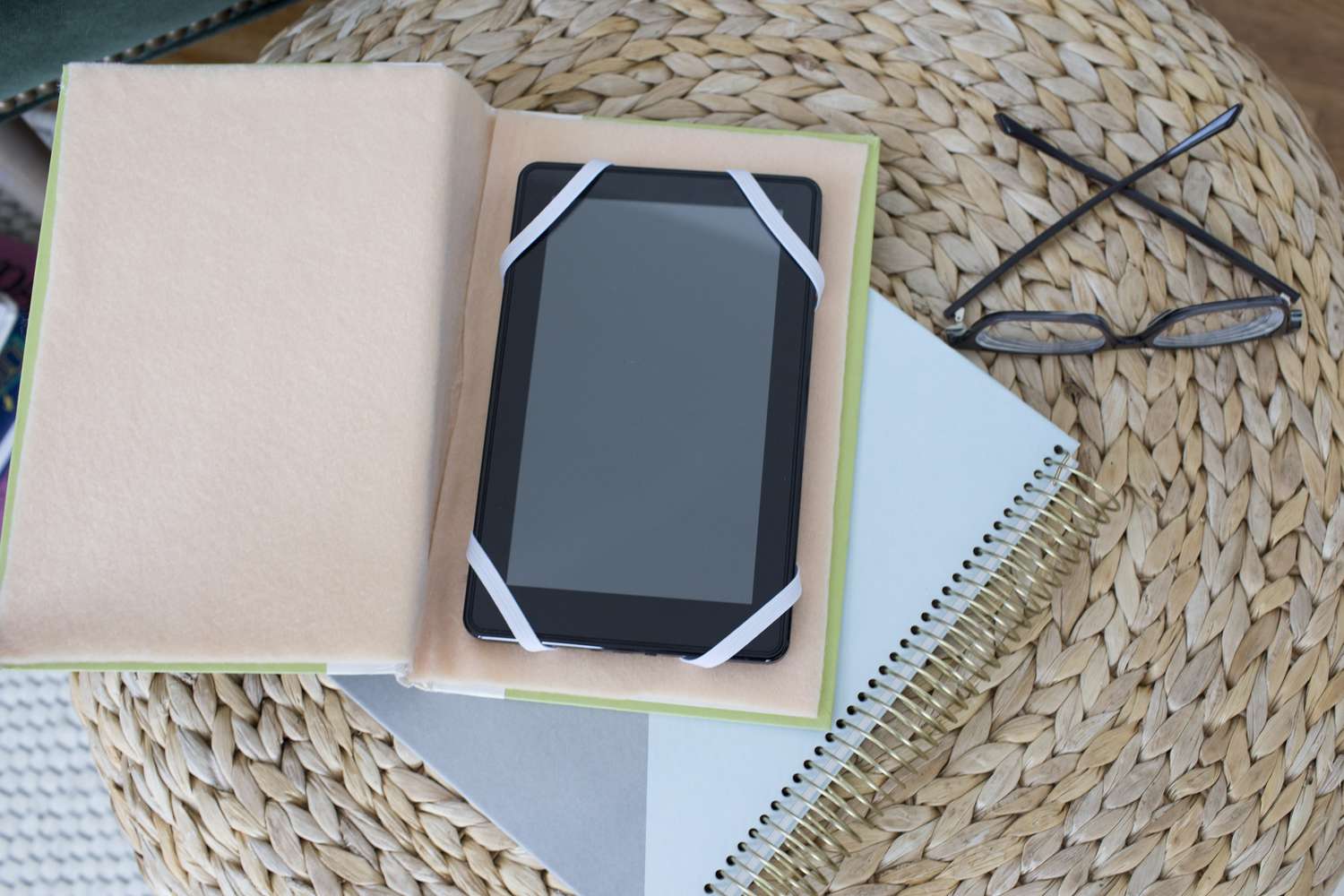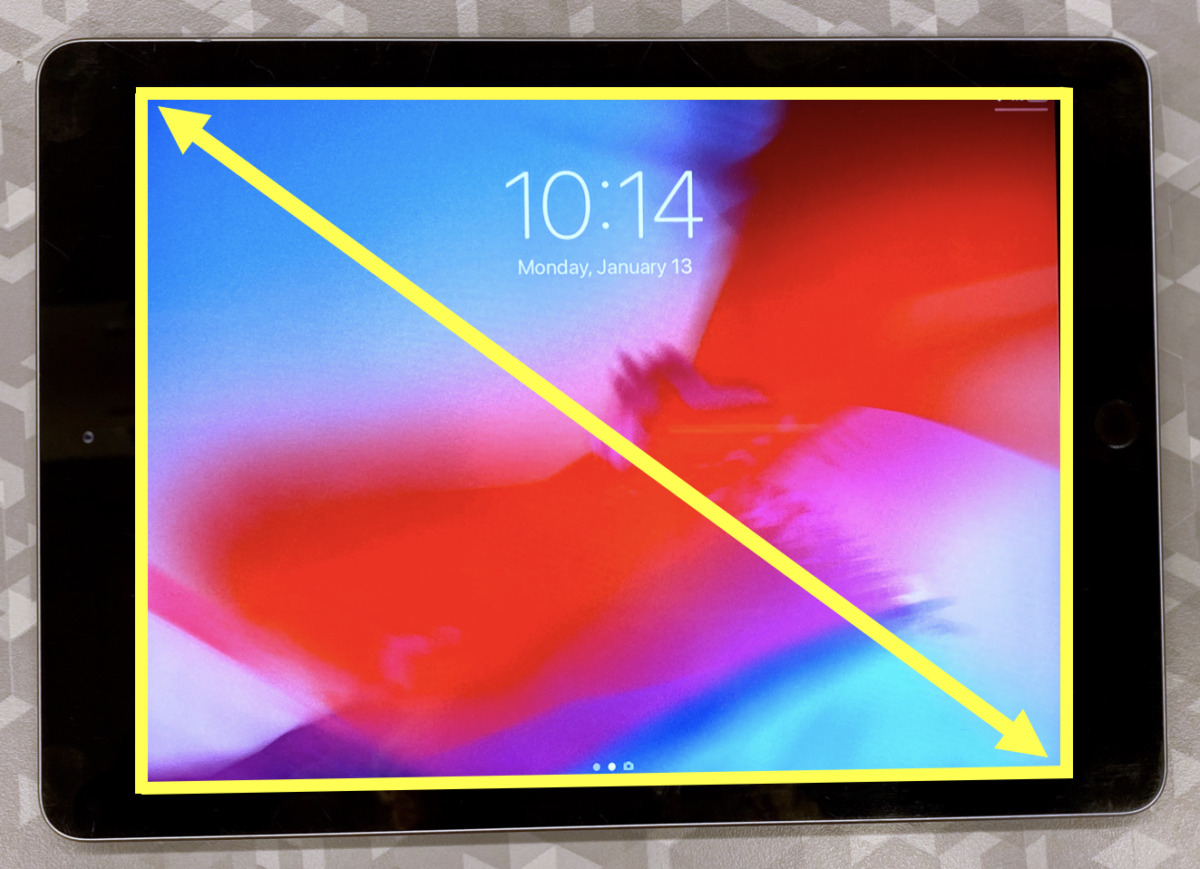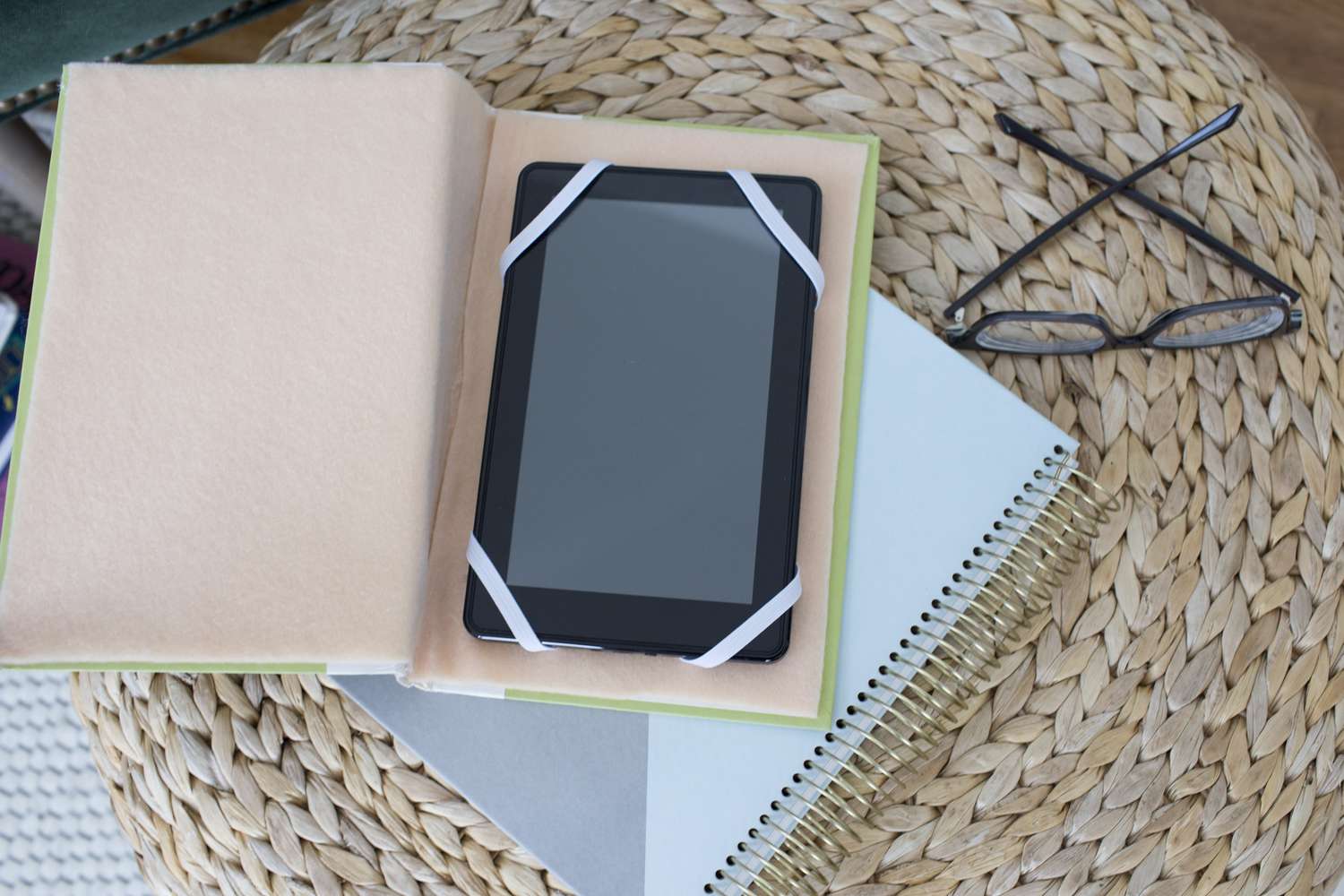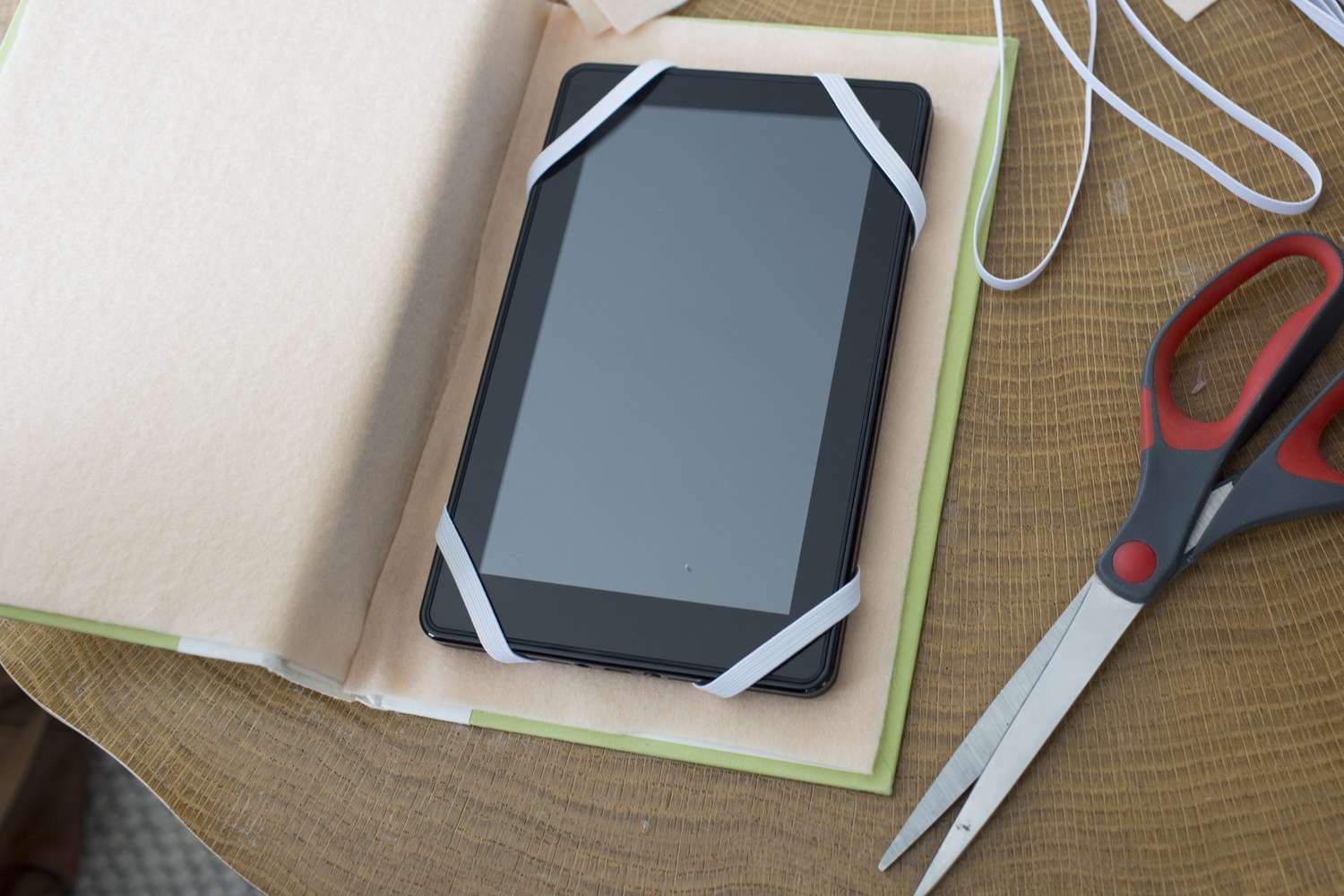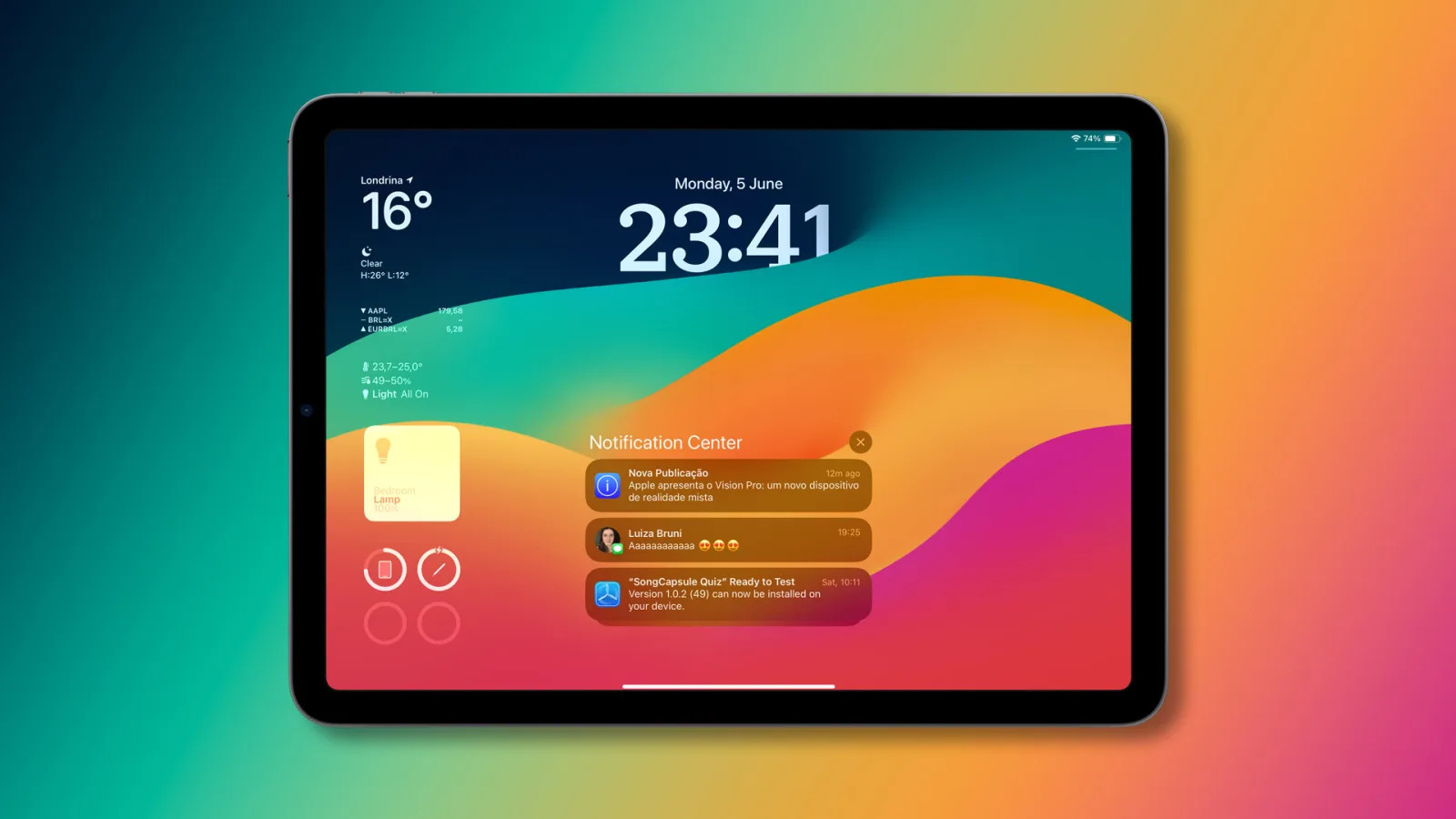Introduction
When it comes to buying a tablet, knowing its measurements can be crucial. Whether you’re looking to purchase a protective case, find the right accessories, or simply want to know how portable the device is, measuring your tablet can provide the necessary information to make informed decisions. This article will guide you through the process of measuring your tablet’s screen size, dimensions, thickness, and weight. By following the step-by-step instructions, you’ll have accurate measurements to help you find the perfect fit for your tablet’s needs.
Tablets have become an essential tool for work, entertainment, and communication, offering a portable and versatile computing experience. With an overwhelming number of options available in the market, it’s important to consider the specific measurements of the tablet you’re interested in to ensure compatibility and suitability for your purposes.
By taking the time to measure your tablet, you can avoid the frustration of purchasing accessories or cases that don’t fit properly. Furthermore, knowing the dimensions can also help you make decisions regarding portability, as a smaller and lighter tablet might be more suitable for frequent travel or on-the-go use.
Before you begin measuring your tablet, make sure you have the necessary tools ready. You’ll need a measuring tape or ruler, a notepad and pencil to record your measurements, and a clean and well-lit surface to work on. With these tools in hand, you’ll be ready to accurately measure your tablet and make the best choices for your device’s needs.
Why Measure Your Tablet?
Measuring your tablet may seem like a simple task, but it holds great importance and can save you from headaches down the line. Here are a few reasons why measuring your tablet is essential:
- Accessories compatibility: One of the primary reasons to measure your tablet is to ensure that any accessories you purchase, such as cases, screen protectors, or stands, will fit perfectly. Tablets come in various sizes and dimensions, so having accurate measurements will ensure a snug and secure fit for your accessories.
- Portability: Knowing the dimensions of your tablet can help you determine its portability. If you’re often on the go and prefer a lightweight and compact device, measuring the tablet’s weight and thickness can guide you towards selecting a more travel-friendly option.
- Ergonomics: Measuring the tablet’s dimensions can also aid in determining its comfort for extended use. You can assess whether the size and weight of the tablet are suitable for your hands, ensuring optimal ergonomics and reducing strain during prolonged usage.
- Screen size: Measuring the screen size can help you make an informed decision about the display that best fits your needs. Whether you’re looking for a larger screen for multimedia consumption or a smaller screen for portability, taking this measurement into consideration is crucial.
- Online shopping: If you plan to purchase a tablet online, having accurate measurements enables you to compare different models from various brands. This information is invaluable since online product descriptions may not always provide comprehensive details about the tablet’s physical attributes.
Measuring your tablet is a quick and easy task that can yield significant benefits. Whether it’s ensuring the right fit for accessories, assessing portability, optimizing ergonomics, or making informed online purchases, taking accurate measurements will guide you towards making the best choices for your tablet’s optimal functionality and user experience.
What You’ll Need
Before you dive into measuring your tablet, gather the following tools:
- Measuring tape or ruler: This essential tool will help you accurately measure the dimensions of your tablet. Make sure it is long enough to span the length and width of your device.
- Notepad and pencil: Keeping track of your measurements is essential for future reference or when shopping for accessories. Use a notepad and pencil to note down the measurements as you go along.
- Soft cloth or cleaning tool: It’s a good idea to have a soft cloth or cleaning tool on hand to wipe down your tablet’s surface before measuring. This will ensure accurate measurements and help maintain the cleanliness of your device.
- Clean and well-lit workspace: Find a clean and well-lit area to work on your measurements. A clutter-free space will prevent any accidental bumps or scratches on your tablet, allowing for precise measurements.
Once you’ve gathered these tools, you’re all set to start measuring your tablet. The process is straightforward, but having these items will make it easier and more organized.
Remember to handle your tablet with care throughout the measuring process, ensuring no damage is done to the device. Additionally, if you’re measuring an older tablet or a borrowed one, be mindful of its condition and avoid putting excessive pressure on it.
With the necessary tools in place and a suitable workspace, you’re ready to embark on the journey of measuring your tablet accurately and confidently.
Step 1: Measure the Screen Size
The first step in measuring your tablet is determining its screen size. Follow these instructions to get an accurate measurement:
- Turn on your tablet and ensure it’s functioning properly.
- Take your measuring tape or ruler and place it diagonally across the screen, from one corner to the opposite corner. Make sure the tape or ruler is flush against the edges of the screen.
- Read the measurement where the tape or ruler meets the opposite corner. This measurement represents the diagonal screen size of your tablet, typically expressed in inches.
- Write down the measurement for future reference.
It’s important to measure the screen size accurately, as it helps determine the visual real estate of your tablet and aids in selecting compatible accessories, such as screen protectors or styluses.
Note that the screen size measurement excludes the bezels surrounding the display. It’s the actual size of the screen itself and does not include any additional frame or border.
Once you have measured the screen size, proceed to the next step to measure the width and height of your tablet.
Step 2: Measure the Width and Height
After measuring the screen size, the next step is to determine the width and height of your tablet. Here’s how you can do it accurately:
- Place your tablet on a flat surface, ensuring it is stable and not wobbling.
- Take your measuring tape or ruler and position it at one edge of the tablet, parallel to the longest side (usually the width).
- Read the measurement where the tape or ruler meets the opposite edge of the tablet. This measurement represents the width of your tablet.
- Write down the width measurement.
- Now, rotate your tablet 90 degrees, so the longest side becomes the height side.
- Place your measuring tape or ruler at one edge of the tablet, parallel to the new longest side (which is now the height).
- Read the measurement where the tape or ruler meets the opposite edge. This measurement represents the height of your tablet.
- Write down the height measurement.
It’s essential to measure the width and height accurately, as it determines the overall dimensions of your tablet. This information is vital when selecting protective cases, sleeves, or bags that offer a snug fit and reliable protection.
Ensure that your measuring tape or ruler is aligned precisely with the edges of the tablet for an accurate measurement. Take your time and be diligent to obtain the most precise results.
Once you have measured the width and height, move on to the next step to determine the thickness of your tablet.
Step 3: Measure the Thickness
Measuring the thickness of your tablet is essential for assessing its slimness and compatibility with various accessories. Follow these steps to measure the thickness accurately:
- Ensure that your tablet is placed on a flat and stable surface.
- Take your measuring tape or ruler and position it vertically against the side edge of your tablet.
- Gently rest the top edge of the measuring tape or ruler against the highest point of the tablet.
- Read the measurement where the bottom edge of the measuring tape or ruler aligns with the bottom edge of the tablet.
- Write down the thickness measurement for future reference.
Measuring the thickness of your tablet accurately allows you to gauge its sleekness and compatibility with different cases or mounts. It helps you choose accessories that won’t add unnecessary bulk or compromise the tablet’s slim design.
Take your time while measuring the thickness to ensure precise results. It’s important to maintain a steady hand and align the measuring tape or ruler properly against the tablet’s edge.
With the thickness measurement completed, proceed to the final step to determine the weight of your tablet.
Step 4: Measure the Weight
Measuring the weight of your tablet is crucial for evaluating its portability and choosing accessories that won’t add unnecessary bulk. Follow these steps to measure the weight accurately:
- Make sure your tablet is fully charged and ready for use.
- Place your tablet on a reliable and accurate digital weighing scale.
- Wait a few moments for the scale to stabilize and display the accurate weight reading.
- Read and note down the weight measurement.
Measuring the weight of your tablet allows you to consider its portability and ease of carrying. Whether you prefer a lightweight tablet for on-the-go use or need a more substantial device for specific tasks, knowing the weight helps in making the right choice.
When measuring the weight, it is essential to use a reliable and accurate digital weighing scale. Make sure the tablet is placed on the scale in a stable and balanced manner to obtain an accurate reading.
With the weight measurement documented, you have successfully measured all the crucial aspects of your tablet. These measurements will now serve as the basis for selecting compatible accessories and making informed decisions about portability and functionality.
Conclusion
Measuring your tablet is a simple yet essential process that enables you to make informed decisions when it comes to compatibility, portability, and accessory selection. By following the steps outlined in this guide, you can accurately measure your tablet’s screen size, width, height, thickness, and weight.
Knowing the precise measurements of your tablet allows you to choose accessories that fit perfectly and provide adequate protection. It ensures that you find accessories like cases, screen protectors, and stands that are specifically designed for your tablet’s dimensions.
Additionally, understanding the dimensions of your tablet helps you assess its portability. You can make informed decisions based on the weight and thickness of the device, ensuring it suits your lifestyle and usage requirements.
Whether you’re an on-the-go professional, a student, or someone who enjoys multimedia entertainment, knowing your tablet’s measurements can enhance your overall user experience.
Remember, measuring your tablet is not a one-time activity. As new accessories and device models become available, you may need to re-measure your tablet to ensure compatibility and make well-informed decisions.
So, take a few moments to measure your tablet accurately. Gather the necessary tools, such as a measuring tape or ruler, a notepad and pencil, and a clean and well-lit workspace. With these simple steps, you can confidently explore a wide range of accessories and enjoy the full potential of your tablet.
Get started now and unlock a world of possibilities with your perfectly measured tablet!







